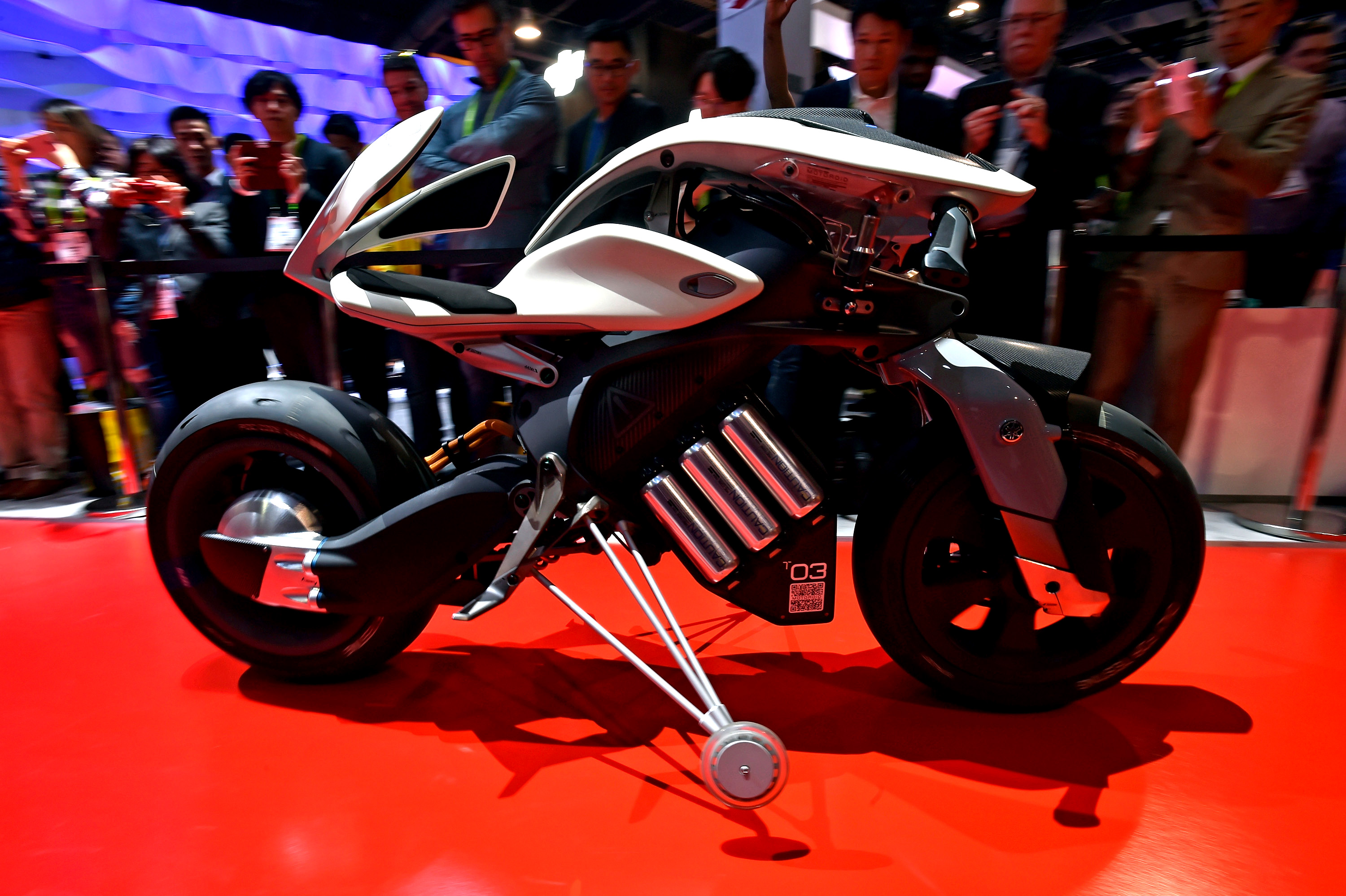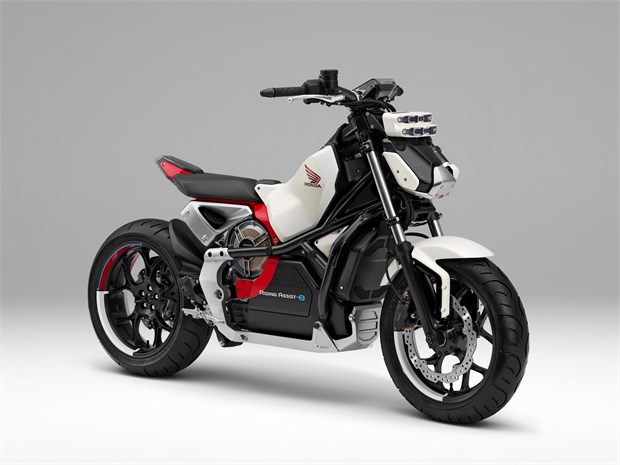Autonomous motorcycles want to share the road with self-driving cars
But are they safe? And is there even a market for them?


First, car makers vowed to take the human element out of driving. Now, motorcycle manufacturers want to do the same. But just as the driverless car movement has faced its fair share of skepticism and controversy, it's not entirely clear that the world needs — or wants — autonomous motorcycles on the road.
What, exactly, would a self-driving motorcycle do? It would be designed to let the rider sit back and relax while the machine does the steering, braking, and turning. Manufacturers have actually been creating prototypes of self-driving motorcycles for years, and they're only just now beginning to share them with the public. For instance, AB Dynamics and AutoRD released the Autonomous BMW C1 in 2017, calling it the world's first self-riding motorcycle. It comes with autonomous software, GPS, sensors, radio controls, and rebalancing technology, and it can drive without a rider. Here it is in action:

The BMW C1 isn't ready to join the bikes at your local dealership, but it is getting interest from automakers who want to use it to train their driverless cars to interact with motorcycles. Using a motorcycle that doesn't require a rider eliminates potential risks to human life.
The Week
Escape your echo chamber. Get the facts behind the news, plus analysis from multiple perspectives.

Sign up for The Week's Free Newsletters
From our morning news briefing to a weekly Good News Newsletter, get the best of The Week delivered directly to your inbox.
From our morning news briefing to a weekly Good News Newsletter, get the best of The Week delivered directly to your inbox.
Because fully autonomous vehicles can take years to build, test, and perfect, several manufacturers are testing autonomous-light versions, which leave the rider with some control. For example, Yamaha's MOTOROiD is a proof-of-concept model that uses artificial intelligence and self-balancing technology. "A facial recognition system gives MOTOROiD the ability to respond only to its owner," Yamaha says. "It is also able to recognize gestures, making it possible for MOTOROiD to also respond to hand movements, such as using a beckoning wave or a raised palm to instruct it to start or stop moving." Sounds very futuristic, but the MOTOROiD can't drive on its own — it needs a rider to make turns or switch gears.
Another example of an autonomous-light motorcycle is Honda's Riding Assist-e. It's a self-balancing bike, which means it can shift the center of gravity without a rider doing anything. However, like the MOTOROiD, it's not completely self-riding and isn't ready to take to a highway on its own.

Back in April of this year, Ford filed a patent application for what it calls an "integrated, electric motorcycle." It's a two-in-one concept with an autonomous motorcycle built into a car. Like The Dark Knight's Batpod motorcycle, the bike would detach from the car to let the rider enjoy the road.
Safety concerns for autonomous motorcycles are similar to those that plague self-driving cars. First, there's the potential for the autonomous system to make a mistake and inadvertently endanger the rider. Self-driving cars have an unfortunate track record of running red lights and causing fatal accidents, so one can be forgiven for worrying about the safety of a two-wheeled speed machine with no one behind the handlebars. Second, there could be problems with sharing the road with regular cars and bikes. Can an autonomous motorcycle handle the unpredictable behavior of some drivers? And then there is the perennial question of responsibility: Who is at fault if a self-driving bike crashes into another car? The driver, or the bike? How will insurance handle it?
A free daily email with the biggest news stories of the day – and the best features from TheWeek.com
But there is an even bigger problem with all of these concept bikes: Autonomous motorcycles aren't likely to appeal to most motorcycle owners. One of the joys of driving a Harley-Davidson is, well, the driving. It seems unlikely that a Harley rider who spends his weekends going on leisurely rides on the open road, or a high-speed motorcycle collector who loves the thrill of maneuvering around corners at an eye-watering pace, will trade in the experience of the ride. For them, the driving isn't an inconvenience, it's a joy.
It seems manufacturers already know this, and are looking to market their bikes to people who ride for work, not for pleasure — think police officers and security workers. Yamaha's MOTOBOT gives some idea of what this might be like. It is a motorcycle-riding humanoid robot and it could have been lifted out of a scene from the George Lucas 1971 dystopia film THX 1138. In the film, android police ride motorcycles in a chase with the human protagonist. Imagine being pulled over by a robot the next time you're over the speed limit.
The prototypes for self-riding motorcycles are here, and manufacturers are busy putting them to the test, but it might be a while before we see them on the open road.
Lana Bandoim is a freelance writer and editor. Her work has appeared on Yahoo! News, CNN iReport, The Huffington Post, Lifescript, Healthline, and many other publications.


